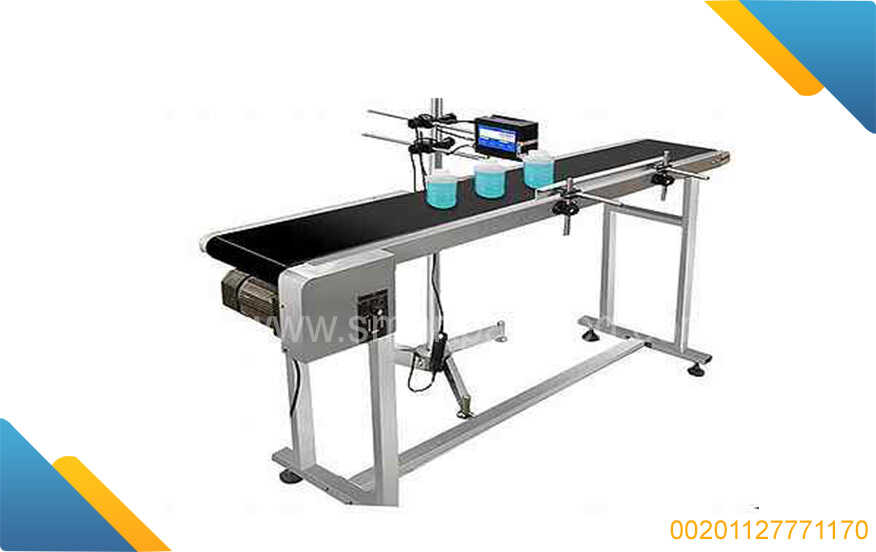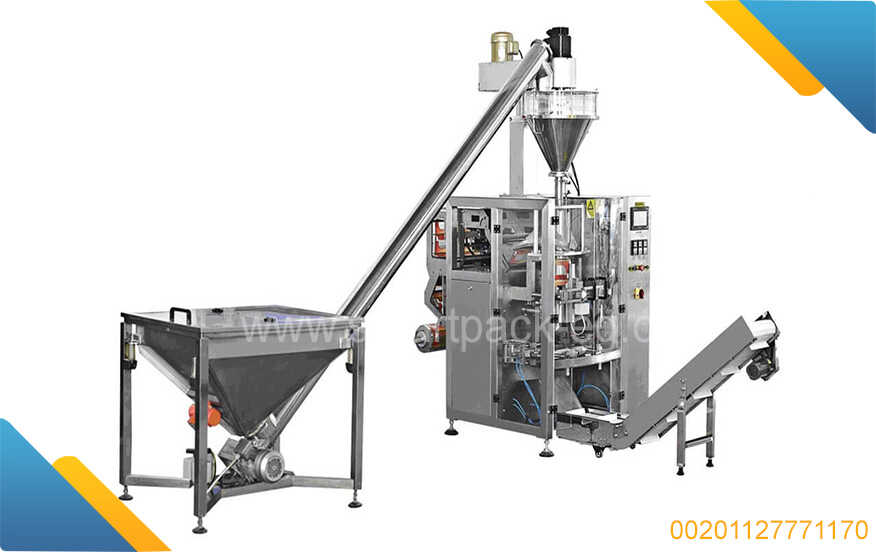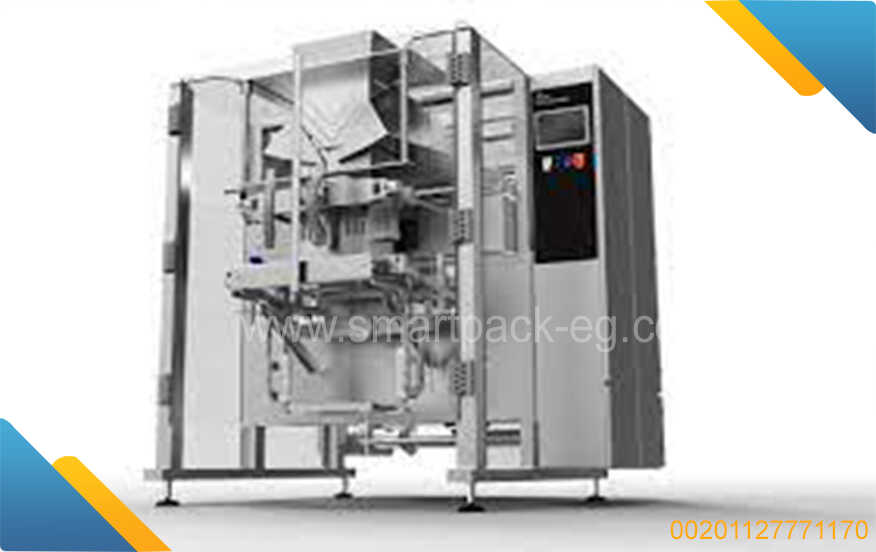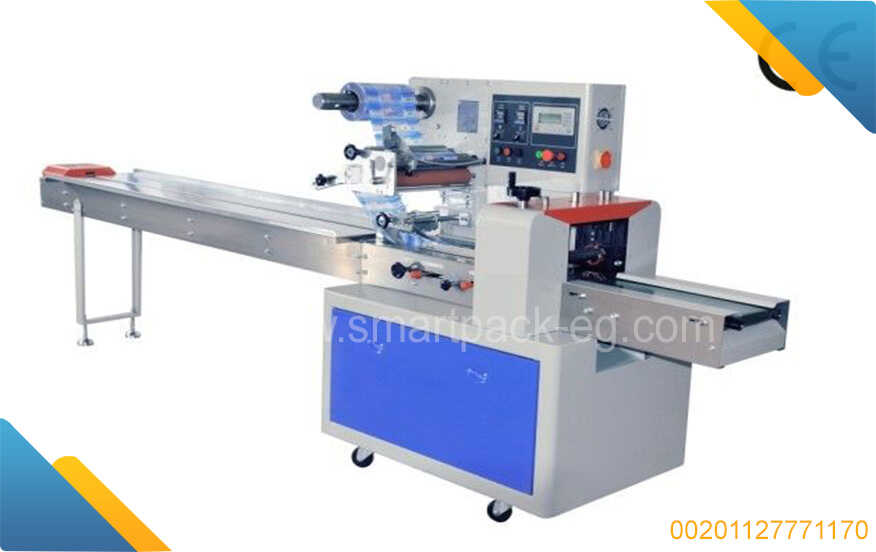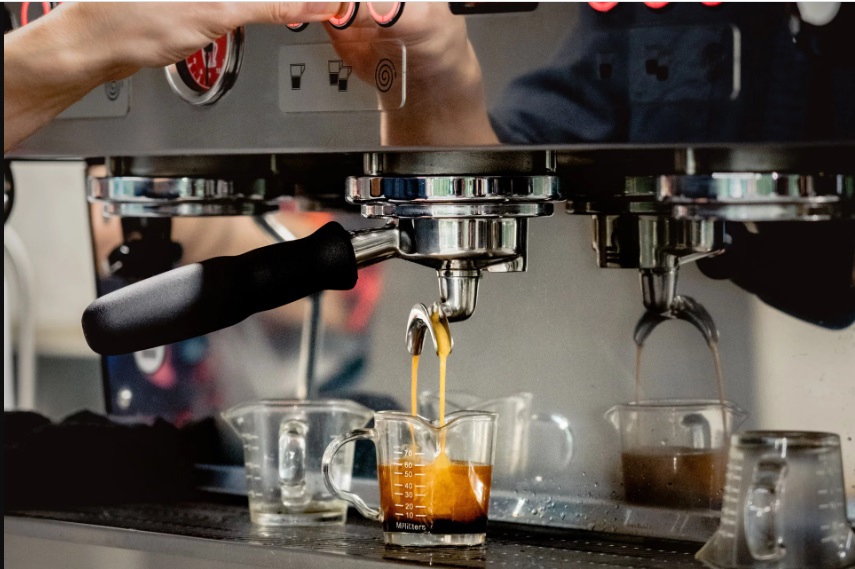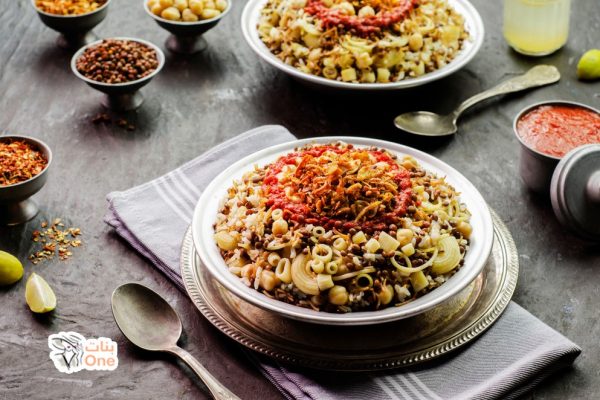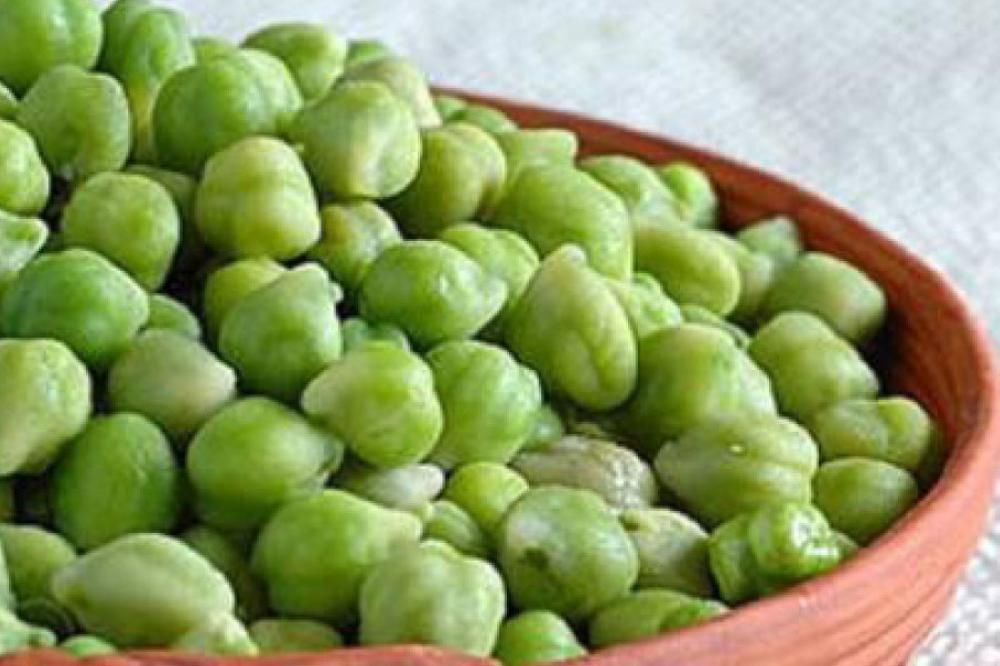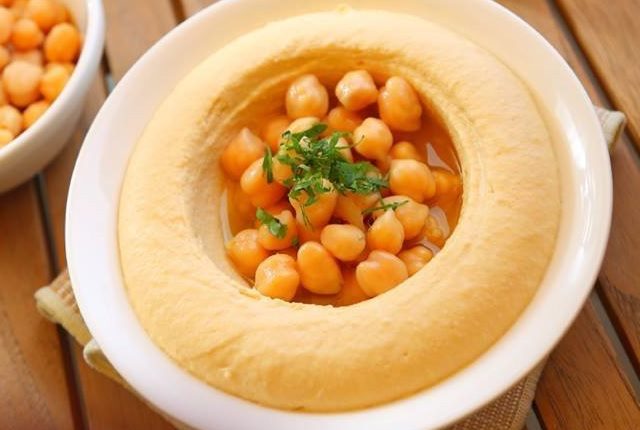How To Guide: Methods of Planting Olives and Soybeans, and Methods of Harvesting
Introduction:
Planting olive trees and soybeans is an excellent way to contribute to sustainable agriculture and enjoy the benefits of these versatile crops. In this guide, I will walk you through the methods of planting olives and soybeans, and also provide insights into the methods of harvesting. Let's get started!
Methods of Planting Olives:
-
Selecting the Right Variety:
- Determine the appropriate olive variety based on your climate, soil type, and desired yield.
- Popular olive varieties include Arbequina, Picual, and Koroneiki, each with unique characteristics.
-
Preparing the Soil:
- Choose a sunny location with well-draining soil. Olives thrive in Mediterranean-like conditions.
- Clear the planting area of weeds and debris to ensure optimal growth.
- Test the soil's pH level and make necessary adjustments to meet olive tree requirements.
-
Planting Olive Trees:
- Dig a hole that is twice as wide and deep as the root ball.
- Carefully place the tree into the hole, making sure it sits upright.
- Backfill the hole with soil, gently firming it around the roots to eliminate air pockets.
- Water thoroughly after planting and apply mulch to conserve moisture.
Methods of Planting Soybeans:
-
Soil Preparation:
- Choose a well-drained field and conduct a soil test to determine nutrient levels.
- Clear the field of vegetation, rocks, and debris that may interfere with planting or harvesting.
- Plow or till the soil to create a loose seedbed for optimal root development.
-
Seed Selection and Planting:
- Select high-quality soybean seeds based on maturity group, disease resistance, and yield potential.
- Plant seeds at the appropriate depth, usually 1 to 2 inches, depending on soil moisture and temperature.
- Space the seeds according to the recommended planting rate for your chosen variety.
- Cover the seeds with soil and ensure good seed-to-soil contact.
Methods of Harvesting:
-
Harvesting Olives:
- Olives are typically harvested by hand or mechanically depending on the scale of cultivation.
- Hand harvesting involves carefully plucking the ripe olives from the tree without causing damage.
- Mechanical harvesting utilizes shakers, which gently vibrate the tree trunks, causing olives to fall onto nets or tarps placed beneath.
- Timing is crucial – olives are usually harvested when they have reached optimal maturity, which varies by olive variety and desired end-use.
-
Harvesting Soybeans:
- Soybeans are harvested when the plants have reached physiological maturity (yellowing or drying of leaves and pods).
- Combine harvesters are commonly used for soybean harvesting.
- Ensure that combine settings are adjusted correctly to minimize losses and achieve optimal yield.
- Post-harvest, clean and dry the soybeans using appropriate equipment to achieve the desired moisture content for storage or processing.
Conclusion:
By following these methods of planting and harvesting, you can start your olive and soybean cultivation journey successfully. Remember to consider the specific requirements of each crop and adapt techniques accordingly. Happy planting and harvesting!

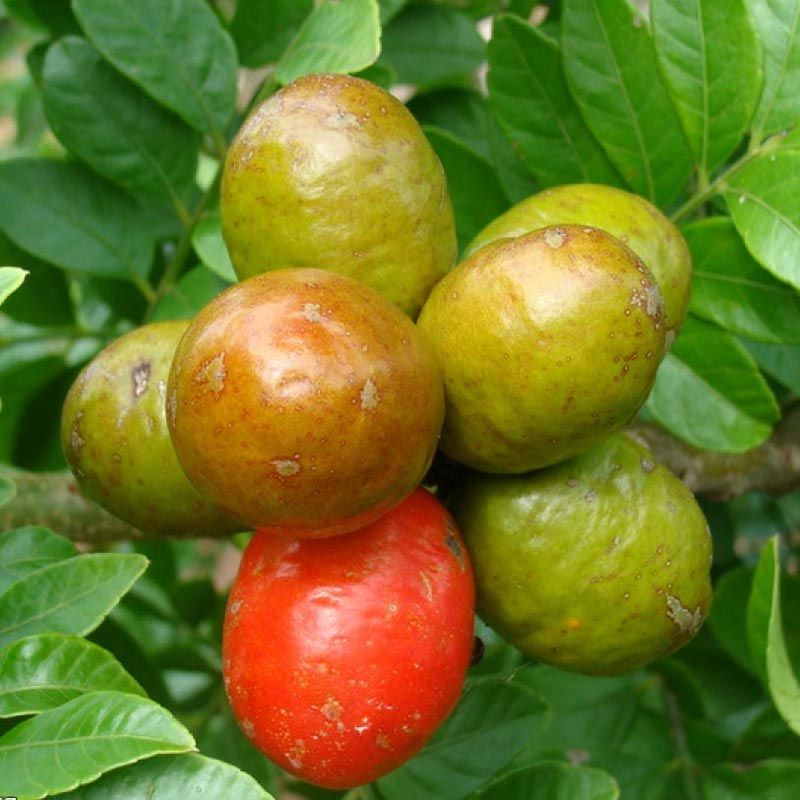
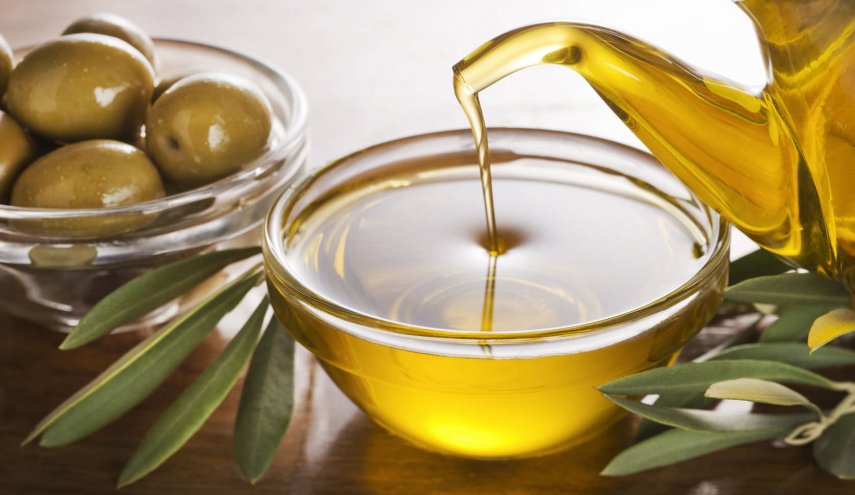
 Admin
Admin 